Stability of different fixation methods after reduction malarplasty under average and maximum masticatory forces: a finite element analysis, BioMedical Engineering OnLine
Por um escritor misterioso
Last updated 10 junho 2024
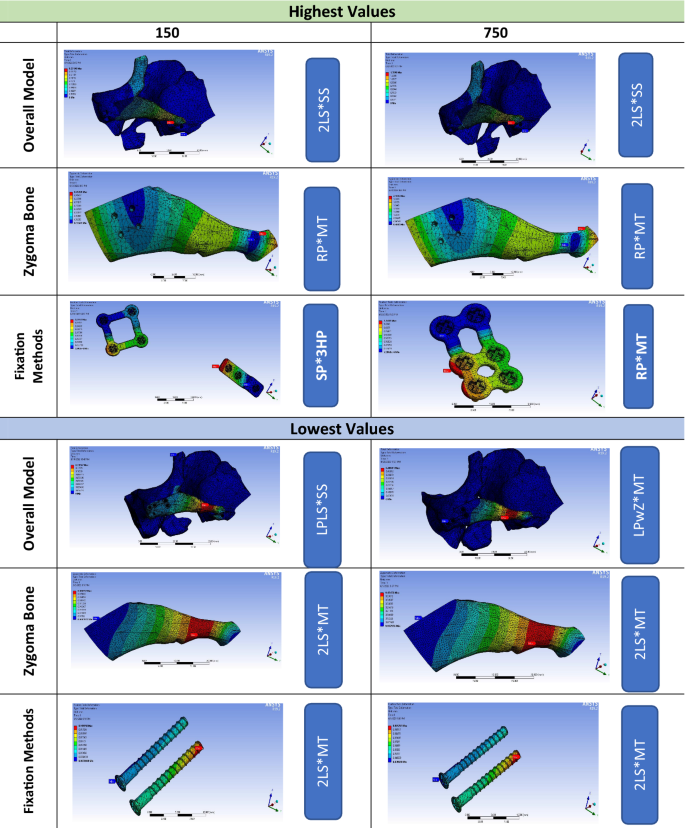
Background Although titanium plates/screws are effective fixation methods (FM) after L-shaped osteotomy reduction malarplasty (LORM), the ideal FM remains controversial. This first finite element analysis (FEA) aimed to study the effect of various zygomatic body/zygomatic arch FM combinations and their placement vectors on the zygoma complex stability after virtual LORM under the effect of both average (150 N/mm2) and maximum (750 N/mm2) forces and three-dimensional (3D) mapping of stress and strain parameters distribution over the zygomatic bone, fixation methods, and total model. Results The fixation methods about the short-arm of the L-shaped osteotomy showed lower stress, strain, and displacement values than those across the long-arm osteotomy site. Combined with any zygomatic arch fixation methods (ZAFm), the two bicortical screws group (2LS) on the zygomatic body osteotomy site resulted in smaller displacements and the lowest zygoma bone stress and displacement when combined with Mortice–Tenon structure (MT) as zygomatic arch fixation method. Applied forces caused statistically significant differences in zygomatic bone stress (P < 0.001 and P = 0.001) and displacement (P = 0.001 and P = 0.002). Conclusion All FMs both on the zygomatic body and zygomatic arch provide adequate zygomatic complex stability after LORM. The 2LS group showed better resistance than rectangular plate (RP) and square plate (SP) with lower stress concentrations. The L-shaped plate with short-wing on the maxilla (LPwM) is more stable than having the short-wing on the zygoma bone (LPwZ). Future prospective clinical studies are required to validate the current findings.

PDF) Stability of different fixation methods after reduction malarplasty under average and maximum masticatory forces: a finite element analysis

Minimum principal (compressive) stress distribution in the human facial

PDF) Stability of different fixation methods after reduction malarplasty under average and maximum masticatory forces: a finite element analysis
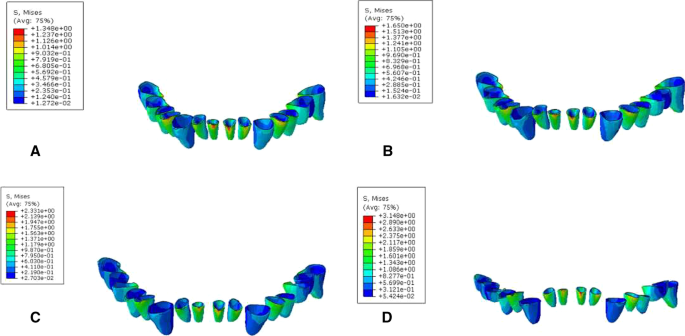
Timing selection for loosened tooth fixation based on degree of alveolar bone resorption: a finite element analysis, BMC Oral Health

PDF) Stability of different fixation methods after reduction malarplasty under average and maximum masticatory forces: a finite element analysis
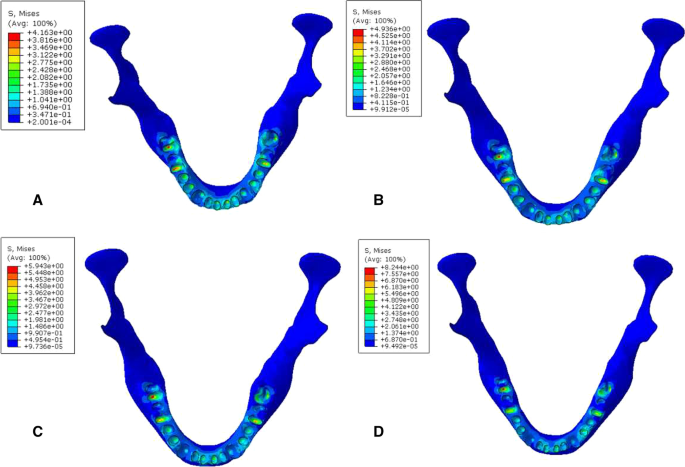
Timing selection for loosened tooth fixation based on degree of alveolar bone resorption: a finite element analysis, BMC Oral Health

A. Figure 219 from H. Sicher and E.L. Du Brul 1970, Oral Anatomy , 5th

PDF) Comparison of Biomechanical Behavior Between Commercial and Patient-Specific TI6AL4V Titanium Plates of the Same Design Following Le Fort I Osteotomy: A 3D- Finite Element Analysis

PDF) Stability of different fixation methods after reduction malarplasty under average and maximum masticatory forces: a finite element analysis
Recomendado para você
-
Solved Calculate the stress in N/mm2 that will cause damage10 junho 2024
-
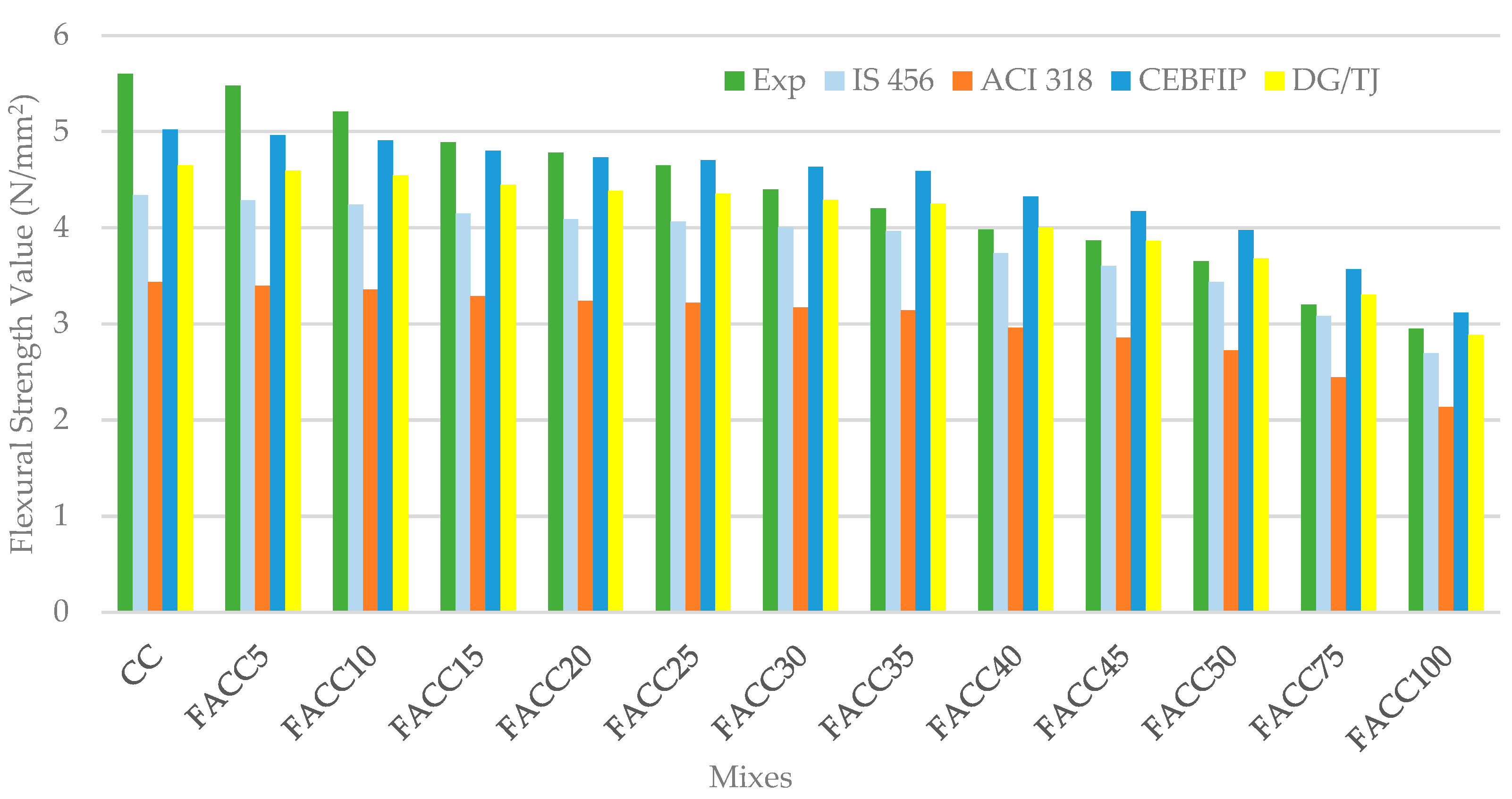 Buildings, Free Full-Text10 junho 2024
Buildings, Free Full-Text10 junho 2024 -
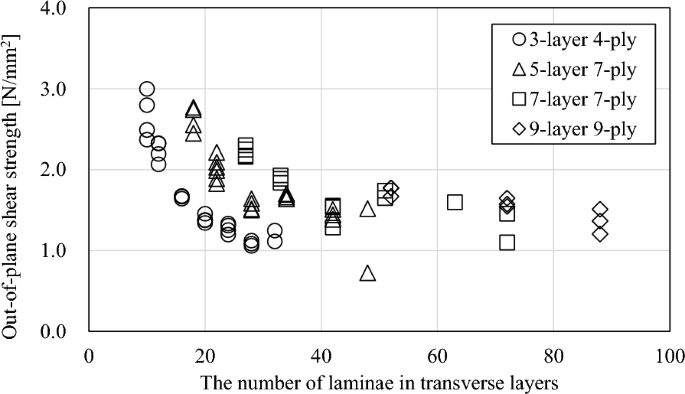 Out-of-plane shear strength of cross-laminated timber made of Japanese Larch (Larix kaempferi) with various layups and spans, Journal of Wood Science10 junho 2024
Out-of-plane shear strength of cross-laminated timber made of Japanese Larch (Larix kaempferi) with various layups and spans, Journal of Wood Science10 junho 2024 -
 Medical Science Monitor Biomechanical Behavior of All-on-4 and M-4 Configurations in an Atrophic Maxilla: A 3D Finite Element Method - Article abstract #92990810 junho 2024
Medical Science Monitor Biomechanical Behavior of All-on-4 and M-4 Configurations in an Atrophic Maxilla: A 3D Finite Element Method - Article abstract #92990810 junho 2024 -
 THE EFFECTS OF USING GGBFS, CERAMIC WASTE TILES AND JUTE FIBER ON THE STRENGTH PROPERTIES OF M30 GRA by IRJET Journal - Issuu10 junho 2024
THE EFFECTS OF USING GGBFS, CERAMIC WASTE TILES AND JUTE FIBER ON THE STRENGTH PROPERTIES OF M30 GRA by IRJET Journal - Issuu10 junho 2024 -
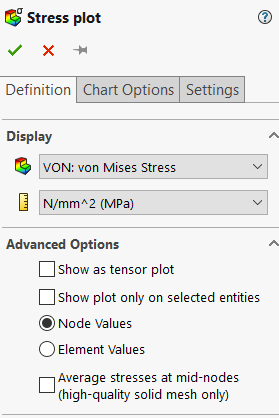 Differences in Node and Element Values for SolidWorks Simulation - IME Wiki10 junho 2024
Differences in Node and Element Values for SolidWorks Simulation - IME Wiki10 junho 2024 -
![PDF] Impact of the Wing Sweep Angle and Rib Orientation on Wing Structural Response for Un-Tapered Wings](https://d3i71xaburhd42.cloudfront.net/55a5fcc0947e561e6ab8fdb8bf45d7e9adc8b110/18-Figure19-1.png) PDF] Impact of the Wing Sweep Angle and Rib Orientation on Wing Structural Response for Un-Tapered Wings10 junho 2024
PDF] Impact of the Wing Sweep Angle and Rib Orientation on Wing Structural Response for Un-Tapered Wings10 junho 2024 -
 Rock Rebound Hammer NDT Test 50-194 N/mm2 Compressive Strength Tester10 junho 2024
Rock Rebound Hammer NDT Test 50-194 N/mm2 Compressive Strength Tester10 junho 2024 -
ST.1943-541X.0001763/asset/b45c3c7f-4d65-4ee0-bfba-8011c75e8660/assets/images/large/figure2.jpg) Flexural Buckling of Hot-Finished High-Strength Steel SHS and RHS Columns, Journal of Structural Engineering10 junho 2024
Flexural Buckling of Hot-Finished High-Strength Steel SHS and RHS Columns, Journal of Structural Engineering10 junho 2024 -
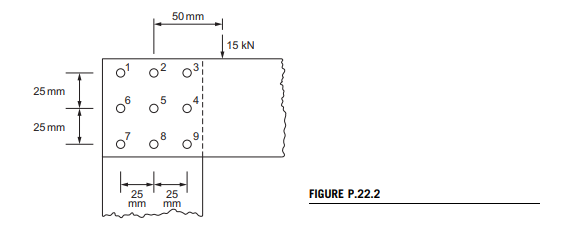 Solved) - The rivet group shown in Fig. P.22.2 connects two narrow lengths (2 Answers)10 junho 2024
Solved) - The rivet group shown in Fig. P.22.2 connects two narrow lengths (2 Answers)10 junho 2024
você pode gostar
-
 Prime Gaming Drops - Now Available!10 junho 2024
Prime Gaming Drops - Now Available!10 junho 2024 -
 Limited Edition: Fremy Speeddraw Aoi Yabusaki Flamie, Rokka no Yuusha: Braves of the Six Flowers Anime Manga Series Fan's Composition Notebook10 junho 2024
Limited Edition: Fremy Speeddraw Aoi Yabusaki Flamie, Rokka no Yuusha: Braves of the Six Flowers Anime Manga Series Fan's Composition Notebook10 junho 2024 -
 WARRIOR CATS Photo: Warriors Pictures Warrior cats, Warrior cats books, Warrior cats art10 junho 2024
WARRIOR CATS Photo: Warriors Pictures Warrior cats, Warrior cats books, Warrior cats art10 junho 2024 -
 Camys Gola Choker10 junho 2024
Camys Gola Choker10 junho 2024 -
 Logotipo de vetor de ícone de stick de jogo grátis simples e legal10 junho 2024
Logotipo de vetor de ícone de stick de jogo grátis simples e legal10 junho 2024 -
 Oculos de sol juliet rosa pink Produtos Personalizados no Elo710 junho 2024
Oculos de sol juliet rosa pink Produtos Personalizados no Elo710 junho 2024 -
 Son Goku Super Sayajin Nivel 1, 2 & 310 junho 2024
Son Goku Super Sayajin Nivel 1, 2 & 310 junho 2024 -
Your Are An Idiot! #virus #yourareanidiot #popups #somuchwebsites10 junho 2024
-
 The King's Avatar Season 3 (Quan Zhi Gao Shou) Donghua Release10 junho 2024
The King's Avatar Season 3 (Quan Zhi Gao Shou) Donghua Release10 junho 2024 -
 Tengoku Daimakyou – ANITUBE Assista seu Anime Online10 junho 2024
Tengoku Daimakyou – ANITUBE Assista seu Anime Online10 junho 2024

